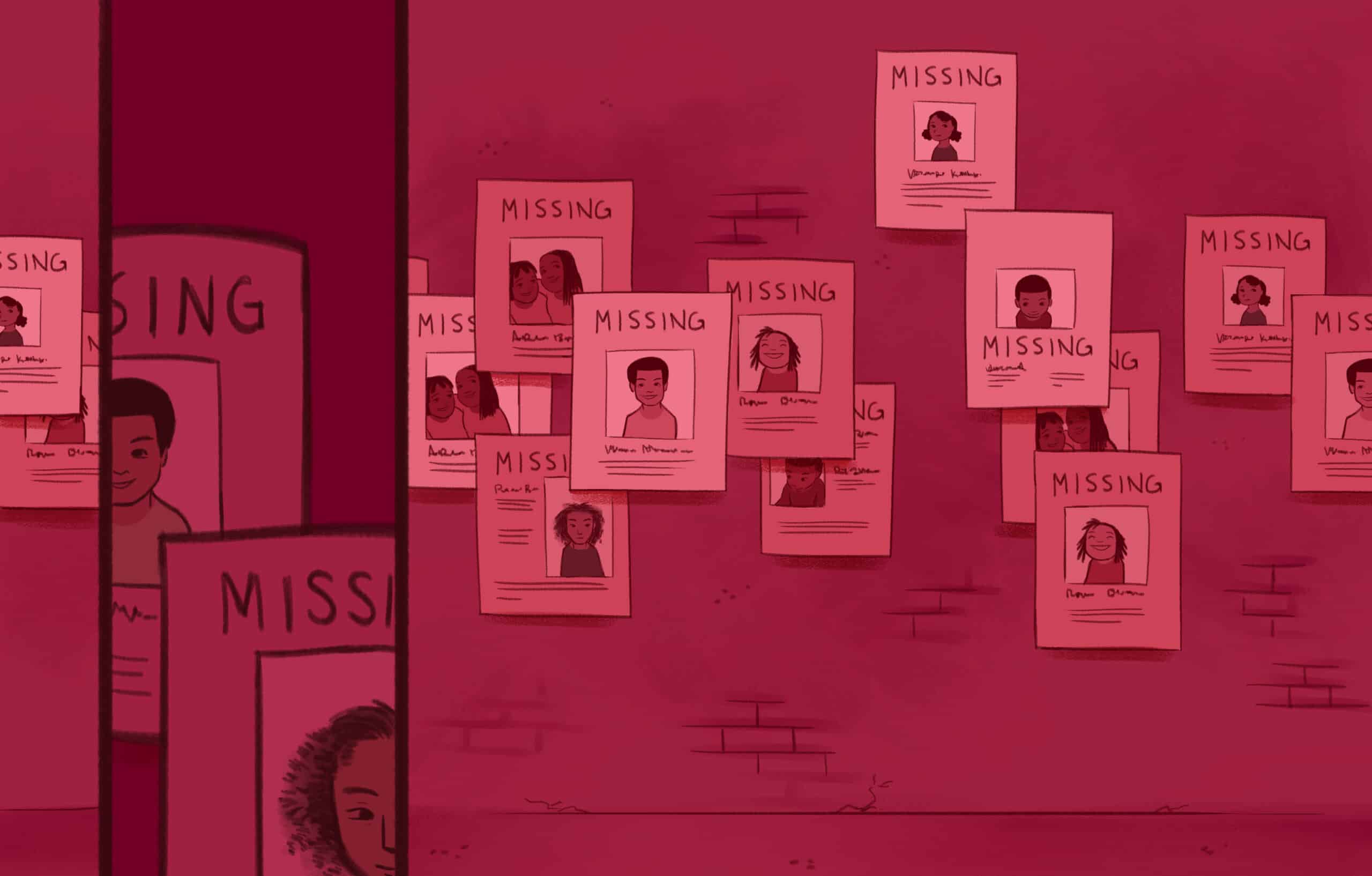Community voices shed light on missing persons cases in Ontario
As a disproportionate number of Black youth go missing, important questions about the systemic response to these crises raise concerns about media attention and accountability.
On December 18, 2024, multi-media creator Shana McCalla issued an online petition calling for immediate action by law enforcement forces to respond to the alarming amount of Black youth who have gone missing since October 2024.
Six families in the Durham, Brampton, Toronto, and Niagara regions have been impacted so far, with community members raising concerns over the fact that the young boys—all similar in age and racial background—have disappeared under suspicious circumstances.
McCalla’s heartfelt petition, which has garnered 4,453 signatures out of a goal of 5,000, speaks to the relative lack of comprehensive media coverage and public outcry at these disappearances, evidenced by the lack of amber alerts issued as these boys went missing. The petition demands law enforcement’s immediate prioritization of the needs of the Black community in their police response through actions like providing regular updates.
Calling the silence around these cases unacceptable, McCalla writes in the petition, “These boys deserve every effort to bring them home, and their families deserve answers. This is about ensuring that when our children go missing, the same urgency and resources are applied as they would be for anyone else.”
Inside the Black Empowerment Unit’s Town Hall meeting
During the first week of January, Brampton’s Black Empowerment Unit (BEU) organized a virtual Town Hall meeting to address the growing concerns of community members and the subsequent police response to the recent uptick of missing Black youth. Members of the BEU’s Youth Development Unity, several law enforcement forces, and Brampton Mayor Patrick Brown were present to shed light on what’s being done to resolve this crisis.
The meeting also aimed to contextualize this recent string of disappearances with broader statistics on how many individuals go missing each year based on demographics, and the variety of societal and personal factors that precipitate mysterious disappearances. Over 500 people were in attendance to find answers, which Mayor Brown called an “extraordinary level of participation.”
According to Toronto Police Detective Shona Peterson, in 2024, out of the 200 missing or disappeared youth, 110 were Black. However, “out of all 200 missing youths in 2024 in the City of Toronto, [55 per cent of which were Black], we have located everyone except seven who are still outstanding.” Out of the seven still missing, four are Black. Critically, out of the 110 missing Black youth, 106 of them were located and returned safely to their families. A representative from the Toronto Police Service (TPS) confirmed that the force has their best detectives on these remaining cases.
During the meeting, important questions and concerns were raised as to why a disproportionate number of young Black boys were missing. The reasons, cites David Mitchell, the Senior Advisor for the Youth Association for Academics, Athletics, and Character Education, are complex. “One of the things we know in the space of missing young people is that young people are running to something or running away from something.”
Systemic challenges with the education and criminal justice systems, bullying, inadequate mental health services, especially in the Black community, and under-resourced environments with lacking community support are all viable reasons why young Black boys represent a disproportionate number of missing individuals. On top of this, drug culture, abuse, and neglect, according to Mitchell, corrupt youth.
Community concerns
Community members, including family members and parents, had a chance to voice their dissatisfaction and hope during the meeting. Vanessa, a family member of a boy who had gone missing, said that “the labels that are being attached to these missing teens is unbelievable. It feels like their disappearances are so generalized […] It’s a stigma embedded in our society and Canada as a whole, that a large majority of Black families, Black youth and children, are coming from broken homes or are engaged in drugs and gangs. And that’s just not true.”
Vanessa went on to criticize professionals present at the meeting, saying that broad brushstrokes are used to paint Black communities in such a way that prevents equitable and genuine coverage of experiences and crises affecting the community.
“The majority of us [the Black community] were only made aware of this pattern of missing teens because of the African news diaspora. The general public has never been made aware of these missing kids and I feel it’s about time that our community deserve the same concern that would be applied should this have happened to any other ethnic group in Canada.”
“We need to stop adding drugs, gangs, and broken homes into the equation,” Vanessa emphasized. Her concerns echo those of many others present at the meeting and beyond.
In a separate interview with Now Toronto, representatives from the TPS said that “while it’s true that Black youth are reported missing more frequently than youth of other races, the rumour that Black youths are currently unaccounted for is not true.”
Over 96 per cent of all missing cases are resolved, which many community members, parents, and family members present at the BEU’s meeting called amazing. Police confirm that they are committed to “locating and ensuring the safety” of those who are still missing.
Still, community members remain frustrated at the lack of media attention and continue to call for systemic changes, such as implementing amber alerts specifically for missing Black youth.
Opinion Editor (Volume 51); Associate Opinion Editor (Volume 50) — Mashiyat (Mash) is a third-year student studying Neuroscience and Professional Writing and Communication (PWC). As this year’s Opinion Editor, Mash hopes to use her writing, editorial, and leadership skills in supporting student journalism in the essential role it plays in fostering intellectual freedom and artistic expression on campuses. When she’s not writing or slaving away at school, Mash uses her free time cooking cultural dishes, striking up conversations with strangers, and being anxious about her nebulous career plans. You can connect with Mash on her LinkedIn.


